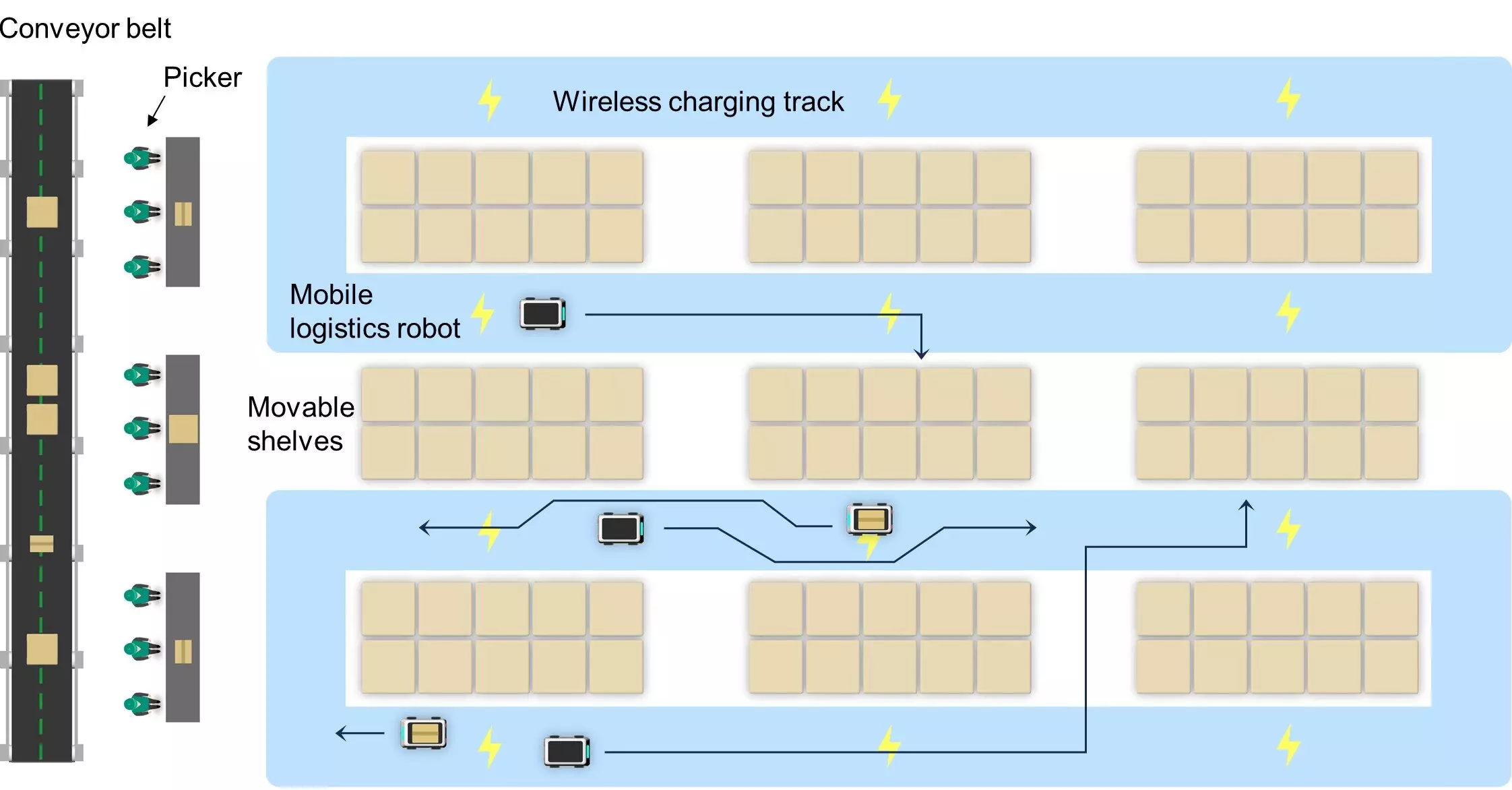The electric vehicle (EV) market is experiencing a rapid transformation, driven by the urgent need for sustainable transportation solutions. A significant area of focus is the development of efficient charging systems that support real-time energy supply to EVs without the traditional plug-in methods. Innovations in wireless charging technology have emerged as a promising solution to one of the most pressing issues within the EV ecosystem: the challenge of locating charging stations and the inconvenience of downtime. Recent advancements in wireless energy transfer by a research team from Ulsan National Institute of Science and Technology (UNIST) provide a glimpse into a new paradigm for electric mobility.
The cornerstone of this revolutionary technology, led by Professor Franklin Bien, centers around a wireless charging track system. What sets this approach apart from conventional technologies is its ability to deliver continuous power to moving vehicles without interruption. The design incorporates an extensive array of wires that generate a robust and expansive magnetic field, allowing for the flexible movement of vehicles along the charging track. This system stands out due to its efficient electromagnetic generator that utilizes a circular magnetic field to facilitate real-time power transfer. Unlike prior designs reliant on costly ferromagnetic materials, this innovative approach ensures that vehicles can seamlessly navigate while receiving power, tackling the issue of energy depletion during travel.
The efficiency of this wireless charging solution is further enhanced by advanced algorithms that optimize both the layout of power supply tracks and the power receivers within the vehicles. The team’s research has demonstrated the ability to achieve up to 90% efficiency in power transfer—a remarkable feat in the energy consumption landscape, especially considering the limitations faced by older charging technologies. The drawbacks of utilizing ferromagnetic components, including high manufacturing costs and relevant durability concerns, make this new method even more advantageous for widespread adoption in electric vehicles.
As with any innovative technology, addressing safety and regulatory compliance is paramount. The UNIST research team has undertaken rigorous assessments to ensure their wireless charging system aligns with safety standards set by authoritative bodies such as the Institute of Electrical and Electronics Engineers (IEEE) and the International Commission on Non-Ionizing Radiation Protection (ICNIRP). This level of diligence reinforces the viability of implementing the technology in real-world settings while ensuring user safety and public confidence.
As electric vehicles continue to gain prominence, the integration of such advanced charging technologies could reshape the landscape of personal and public transport. Professor Bien’s vision is clear—he believes that the next generation of transportation, particularly in dynamic environments, should offer flexibility not only in horizontal movement but also in vertical applications. First author Hyunkyeong Jo’s remarks about overcoming long charging times and short travel ranges encapsulate the potential impact of this wireless charging technology on the evolution of electric vehicles. If successfully integrated, it could redefine how we think about charging, ultimately leading to a more sustainable and efficient electric future.
The groundbreaking research conducted by the team at UNIST marks a significant step forward in addressing the limitations of current EV charging infrastructures, setting the stage for a more adaptable and efficient future in electric mobility.

